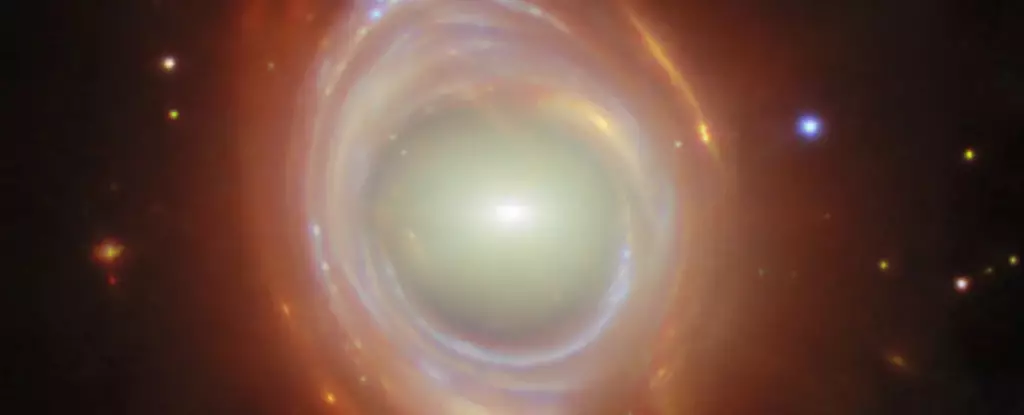Gravitational lensing is a captivating phenomenon that arises from the fundamental principles of general relativity, introducing us to a fascinating interplay between mass and light. First confirmed during a solar eclipse in 1919, this mind-bending occurrence showcases how the fabric of space-time can bend light from distant celestial objects. What makes gravitational lensing truly remarkable is not just the scientific validation of Einstein’s theories but the visual spectacles it creates, allowing us to observe the distant universe in breathtaking detail.
Beyond the Horizon: How Lens Bodies Shift Our Perspective
When a massive object like a galaxy lies in the path of light emanating from a more distant source, the light’s trajectory is warped, leading to an apparent distortion in the position of the original object. This phenomenon provides astronomers with a unique opportunity to study galaxies and stars that are otherwise obscured or too faint to observe with conventional means. Through this lens, scientists can unveil previously hidden structures and immense cosmic distances, revealing a universe ripe with complexity and beauty.
Moreover, gravitational lensing comes with an unexpected bonus: a magnifying effect that enables us to perceive the light from distant galaxies as if illuminated by colliding supernovae. The nimble interplay between foreground and background magnifies not just the brightness but also the details of these distant light sources, offering a clearer glimpse into the cosmos.
Einstein Rings: Nature’s Artistic Masterpieces
One of the most astonishing manifestations of gravitational lensing is the creation of what are known as Einstein Rings. These rings form when the light from a distant galaxy aligns perfectly with a nearer galaxy’s mass, resulting in a stunning circular distortion. Surprisingly, when Einstein first theorized about this effect in 1936, he expressed skepticism about ever witnessing such a phenomenon. His humility is commendable, but it underscores how far we have come with advancements in telescope technology. Thanks to instruments like the James Webb Space Telescope (JWST), we can now witness multiple Einstein Rings, including mesmerizing examples like the elliptical galaxy SMACS J0028.2-7537 and its spiral counterpart, reminiscent of our own Milky Way, displayed in recent imagery.
The Observer’s Role in Cosmic Aesthetics
Astoundingly, the beauty of these celestial wonders is not universally accessible. The jaw-dropping visuals of gravitational lensing are contingent upon our unique vantage point in the universe. What we perceive as a magnificent ring may appear differently to observers in other galaxies, illustrating a nuanced interplay between perspective, location, and the cosmic tapestry that envelops us.
This elegant relationship between the observer and the observed reminds us that beauty in the universe often relies upon the serendipity of perspective. The wonders that grace our view of the cosmos bring forth a profound sense of connection, enlightenment, and a gentle reminder of our tiny yet meaningful role within the vast expanse of space. Gravitational lensing offers not only scientific understanding but also a stunning realization: the universe is a boundless canvas, and we, fortunate observers of its artistry, continue to explore its secret wonders through the eyes of advanced technology.

